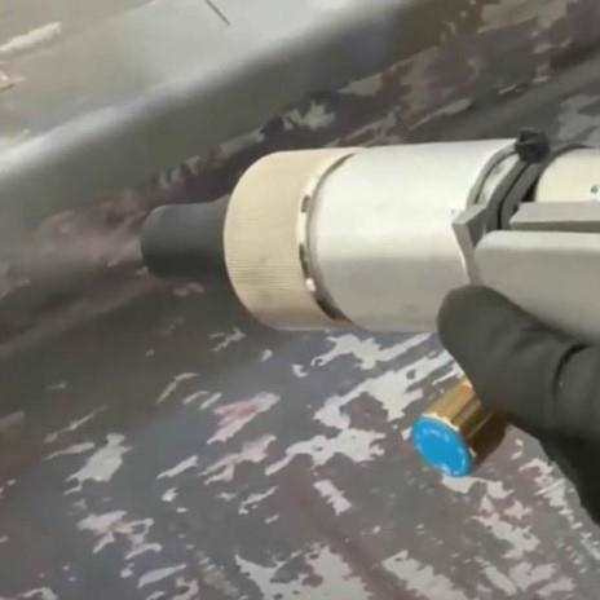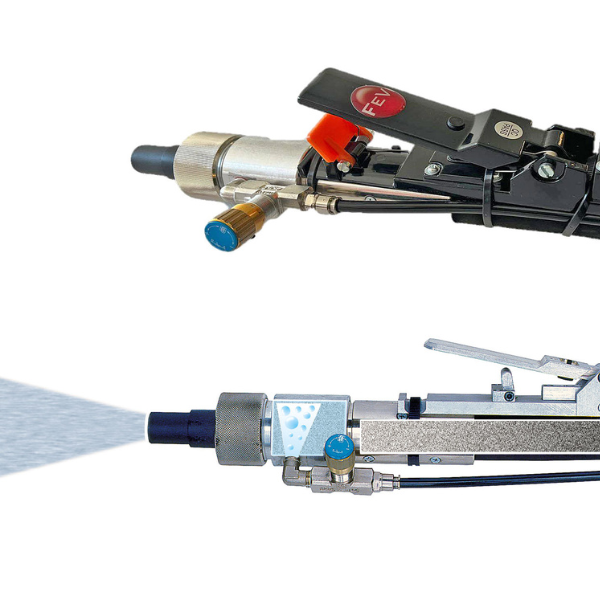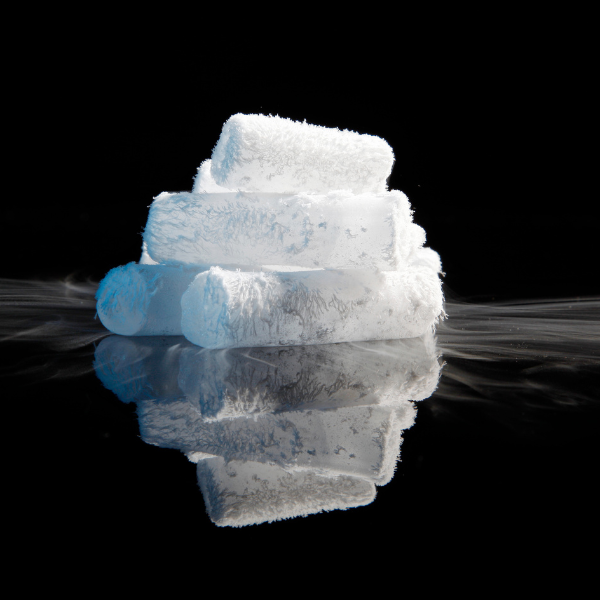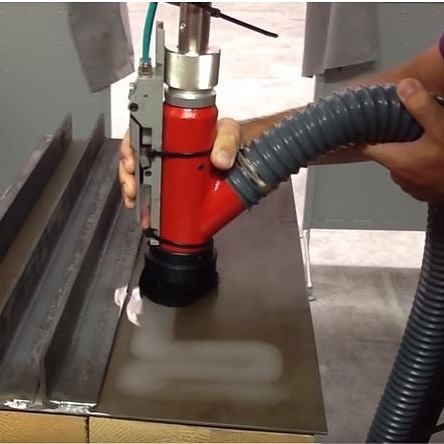Dry Blasting: Precision and Versatility
Dry sandblasting uses abrasive materials without the addition of water, employing compressed air to project the abrasives onto the surface. This method is ideal for treating a wide range of materials, including metals, wood and glass.
In free-jet sandblasting, there is no system of abrasive recovery or powder management, making it suitable for processes where environmental control is less critical.

Aspiration sandblasting involves the recovery of abrasive and powder management through a suction system, improving efficiency and reducing environmental impact.

Wet Sandblasting: Dust Reduction and Safety
Wet sandblasting incorporates the use of water together with abrasives during the process, significantly reducing the production of airborne suspended dust. It is particularly suitable for indoor environments or where strict dust management is required.

Types of Wet Sand Blasting
- Waterproofing: Use water as a vehicle to bring abrasive particles against the surface.
- Sandblasting with humidification kit: Similar to hydrosandblasting, but with the water dispensed from outside than being mixed with the abrasive.
- Water blasting: This system uses as a base a free jet sandblasting machine where water is injected into a chamber placed before the sandblasting nozzle. In this way, a homogeneous mixture composed of air-water-abrasive is obtained.
- Cryogenic Sandblasting: It uses solid carbon dioxide (dry ice) as a sandblasting material, an ecological and non-abrasive method.

Key Differences and Specific Applications
The choice between dry and wet sandblasting depends on the characteristics of the surface to be treated and the specific needs of the industrial process. Dry sandblasting is preferred in environments where dust control is less critical, while wet sandblasting is essential in closed environments or with environmental limitations.
Materials treatable
In addition to metals, sandblasting can be applied to glass, stone, wood, and other delicate or robust materials, ensuring effective treatment without damaging the substrate.
Applications and Advantages of Sandblasting
Sandblasting is widely used for surface preparation in various industrial sectors, including automotive, manufacturing and maintenance. Benefits include effective removal of coatings and contaminants, preparing surfaces for subsequent treatments such as coatings or coatings.
Conclusion
The selection between dry blasting and wet blasting depends on specific safety, environmental and process considerations. It is essential to consult industry experts to determine the most suitable method for each application, ensuring optimal results and regulatory compliance.









